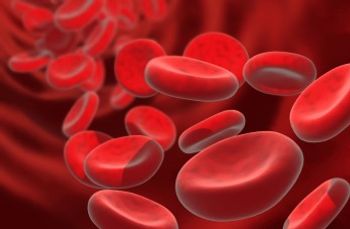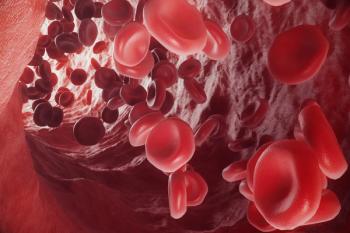
Low Breast Density Identified as Potential Prognostic Factor for Breast Cancer-Related Lymphedema Risk
Investigators whose work was published in JAMA Network Open found that patients with low mammographic breast density were at higher risk of developing severe lymphedema.
Data published in JAMA Network Open found that patients with lower breast density were at a higher risk of developing severe lymphedema. The findings suggest that mammographic breast density can be used as a prognostic factor for lymphedema risk after treatment for patients with breast cancer.
The investigators noted that by using a multivariate linear regression model that combines breast density with established risk factors, they could predict the development of lymphedema and ultimate provide volumetric estimates of lymphedema severity for patients with breast cancer.
“This study identified 5 readily available clinical factors, including patient, cancer, and treatment factors, that can be used to generate volumetric estimates of lymphedema severity in patients with breast cancer,” the study authors wrote. “To our knowledge, this study is the first to use mammographic breast density as an independent prognostic factor for lymphedema risk and to provide volumetric estimates of lymphedema morbidity.”
The multivariate linear regression model utilized in this study identified multiple factors, including 3 patient features of age, body mass index, and mammographic breast density; a disease factor of the number of pathological lymph nodes; and a treatment-related factor of axillary lymph node dissection, all as independent prognostic variables.
Spearman correlation found a statistically significant moderate correlation (coefficient, 0.42; 95% CI, 0.26-0.56; P <.001) between measured and predicted volume of lymphedema during validation testing. For the prediction of mild lymphedema occurrence, the area under the curve value was 0.72 (95% CI, 0.60-0.83) versus 0.83 (95% CI, 0.74-0.93) for predicting severe lymphedema.
The research team analyzed 373 women from 1 cancer center with a median age of 52.3 years (interquartile range, 45.9-60.1). Eligible women were referred to the program and had already completed curative treatment for an initial breast cancer diagnosis. Patients in the general breast oncology population undergoing follow-up care at the same facility who were not referred to the program were also included in the study.
“Predictions of lymphedema occurrence and morbidity can help triage patients for increased disease monitoring and thus allow for earlier diagnosis and optimal management of this condition,” the authors wrote. “Such predictions also can assist in risk stratification in future clinical trials on novel therapeutic interventions for lymphedema.”
Although the investigators recognized a number of limitations in their research, including its retrospective nature, they mention that a strength was that patients all had follow-up at the same facility where visits were conducted uniformly and information recorded prospectively.
Moreover, the investigators were limited by missing data, attributing 2 variables during modeling. Regardless, the primary end point of association with lymphedema severity remained consistent without imputation.
“This model underscores that lymphedema is a multifactorial disease involving patient, cancer, and treatment factors,” wrote the researchers. “To our knowledge, this study is the first to not only report the use of diagnostic mammographic breast density as a prognostic factor for lymphedema risk but also provide volumetric estimates of lymphedema severity.”
Reference:
Kwan JYY, Famiyeh P, Su J, et al. Development and validation of a risk model for breast cancer-related lymphedema. JAMA Network Open. 2020;3(11):e2024373. doi:10.1001/jamanetworkopen.2020.24373.
Newsletter
Stay up to date on recent advances in the multidisciplinary approach to cancer.


















































































